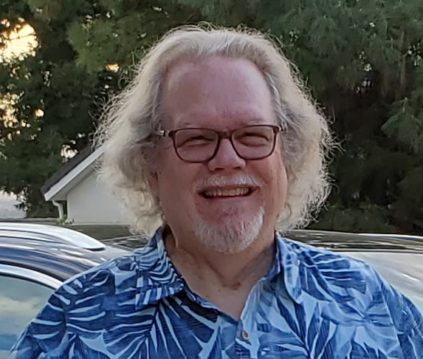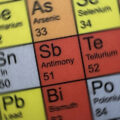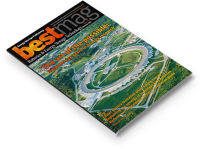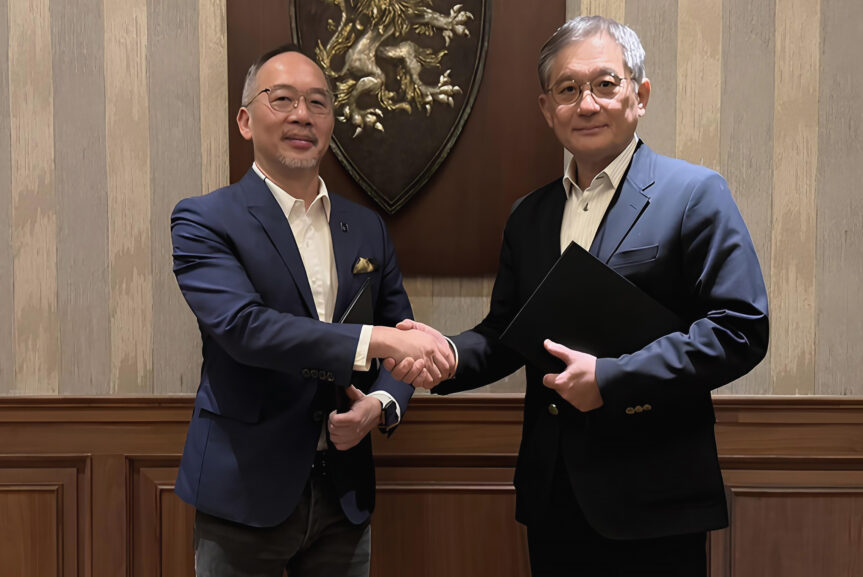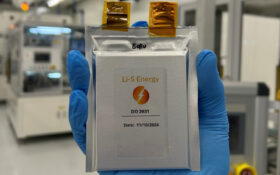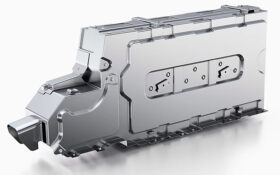One of the largest lithium brine deposits in the world has been discovered under California’s Salton Sea according to Michael McKibben, a geochemistry professor at the University of California. In an interview with Chemanalyst News he said that the lithium reserves, now estimated to be 18 million tons instead of 4 million tons, could enable the US to achieve complete lithium self-sufficiency.
Today, Australia and Chile produce 77 percent of the world’s lithium—Australia from hard rock mines, and Chile from brines that are pumped from deep aquifers. From there, both countries export the ore concentrates and salts to China, where they undergo intensive processing to yield lithium carbonate or lithium hydroxide, the compounds used in EV batteries. The newly discovered resources could power EV’s for the total US demand of cars.
However, Salton Sea lithium extraction plants will piggy-back on existing geothermal plants, said Patrick Dobson, a scientist at Berkeley Lab’s Earth Sciences Division and the head of the Lab’s Geothermal Systems Program in an interview with the Cal Alumni Association. Already, hot brines from geothermically active strata are pumped from depths as great as 2.5 kilometres. Steam from the brine drives turbines that generate electricity. Afterward, the brine is reinjected into aquifers. Now, the plan will be to extract the lithium before reinjection, a process that can be repeated over and over, until the brines become too diluted to make recovery economically practical.
Daniela Flores, the executive director of the Imperial Valley Equity and Justice Coalition, said locals have witnessed other supposed regional boons over the decades—agribusiness, geothermal energy, and solar power among them. “The Salton Sea area supports the fourth largest solar complex in the world, but the benefit to residents has been minimal. We don’t want to see that repeated with lithium.”
Picture: Professor Michael McKibben

